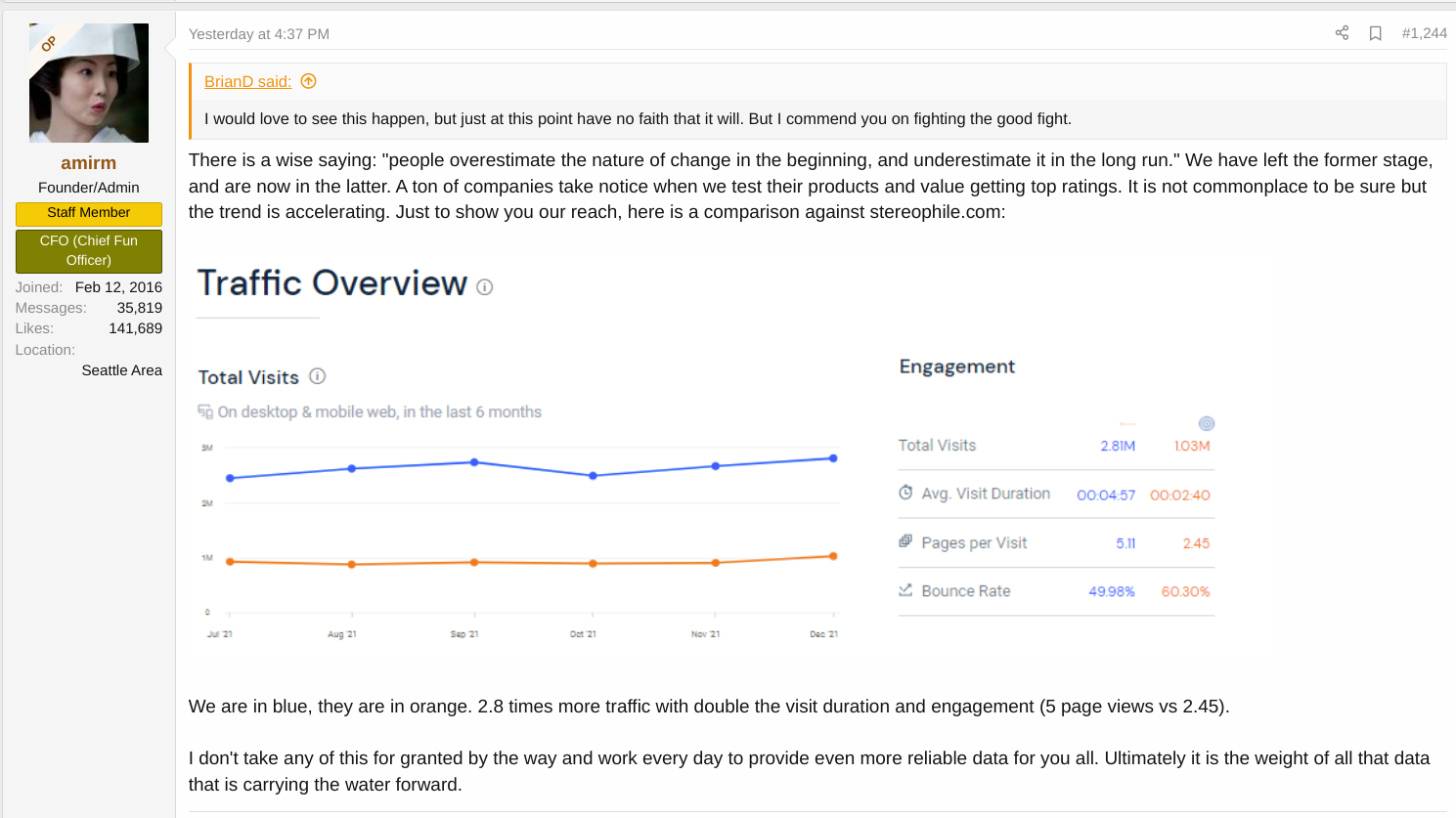First of I want to say that I have been using Sonos products since 2009. Besides Sonos, I had a lot of gear but none of it could match Sonos's ease of use and sound quality (for the price). I have to come clean and say that I am used to using Sonos everywhere and I love it.
As an audiophile, I was looking to replace my aging Sonos Connect with Port and realized from all the reviews that it does not have a better digital output. This was a show stopper for me and it is a show stopper for all audiophiles out there.
You are missing a very important niche of the market. It is taken by Raspberry Pie implementations and Bluesound and Aurelia, not because they have better software or support for services, but because they have a better digital output. That is it. Nothing else. Everyone I have talked to said they like Sonos but the digital output is jittery. I have tried a lot of solutions and even they sound better than Connect over coax they are all not easy to use, do not have support for the majority of services, etc… I meet old people putting Raspberry Pie solutions together and struggling with boards and power supplies and software issues just to get good digital output. Audiophiles are people willing to spend a lot of money on a good streamer.
Wired 4 Sound managed to mod Connect into a damn good streamer. There is no reason you can do it too!
Sonos has the best software and the rest of the products are great but you are missing the main link with audiophiles.
Sonos Port Digital or whatever you want to call it
No audio inputs or outputs. Audiophiles will not use them. They suck compared to $$$$$ priced amps. Just Digital Coax and maybe, just maybe, optical output.
Get power supply clean and stable, maybe even consider having standard power cable, get rid of jitter, use high-quality SPIDF connector…
Make Sonos digital output sound great and you will sell a bunch.
I will buy it first if you manage to do it for $899 or less.
I sure hope that someone from Sonos will take this seriously.
If anyone agrees with me please leave comments so we can get Sonos attention.
Cheers!



